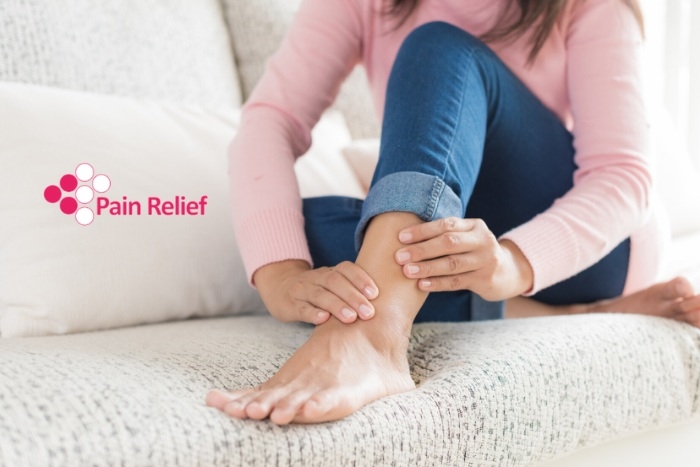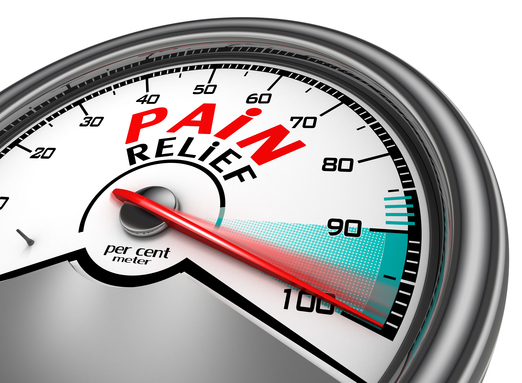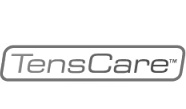You have no items in your shopping cart.
Treating Osteochondrosis at Home with Laser Therapy

Osteochondrosis is a widespread disease that affects the spine not only of the elderly, but recently also young adults as early as 25 and adults in their 40’s. The condition first manifests as lower back pain, and it is believed to result from the natural wear and tear of the intervertebral discs at the onset and development of bone degeneration. When the condition develops, it begins with tiredness in back muscles, gradually worsening onto sharp back pain and limited mobility.
There are various ways of treating osteochondrosis. In severe cases, surgical therapy is often required, while those still in early development phases, or those who need to be continuously managed are now commonly treated with laser therapy. Here, we’ll learn about at home laser therapy for osteochondrosis, and how managing the condition using this treatment can help ease the condition’s long-term debilitating effects.
Don’t let pain from osteochondrosis limit you. Start your at home laser therapy treatment for pain relief with Handy Cure/HandyRx today! Order your device here.
How Does Laser Therapy Work
Laser therapy is widely used these days to treat a myriad of pain-related conditions. It’s proven to be safe, effective and therapeutic thanks to the low intensity laser that penetrates into the deepest layers of spinal tissue and stimulates metabolism in the cartilage and bone tissue for regeneration. By doing this, laser therapy improves microcirculation in those areas, mitigating the effects of degeneration with anti-inflammatory and analgesic effects. This decompresses the affected nerve roots and restores normal function in the spine.
Laser therapy for osteochondrosis eliminates a number of syndromes that result from the condition. For one, reflex syndrome occurs when part of the intervertebral disc is irritated, causing pain in particular regions of the spine, such as the cervicalgia, lumbalgia, sciatica and the torakalgiya. On the other hand, radicular syndrome occurs due to compression of the spine and the arteries. Pain is felt as a result of circulatory problems in the nerve roots in that area. Radicular syndrome also occurs in the later stages of degeneration, manifesting as swelling of the tissue or adhesions around the spine.
Outside of surgery, doctors who recommend a treatment plan of laser therapy for osteochondrosis are currently developing more effective ways of wielding laser to treat the condition. The use of different sensor locations, changing intensity and frequency of sessions, and the use of finer instruments to stimulate the formation of new cartilage cells and aid in gradual repair are all new developments in laser therapy.
At Home Laser Therapy for Osteochondrosis
Treating and managing osteochondrosis takes time, effort and resources, especially when working with top medical professionals. Being able to treat the pain caused by the condition largely helps, especially when it can be managed alone or done at home. At home therapy with the use of laser for osteochondrosis helps to provide pain relief when necessary and could supplement current treatment plans. Laser therapy is a safe, noninvasive option, requires no drugs to be taken and has no side effects. Because treatments are done at home, you won’t have to schedule appointments and pay expensive professional fees.
The Handy Cure/HandyRx device can be used in the comfort of your own home to effectively treat pain caused by osteochondrosis and stimulate proper microcirculation to decompress affected nerve roots. The Handy Cure/HandyRx is a low level laser therapy device that works with different energies, and the combination of these energies is therapeutic and provides quick pain relief.
At home laser therapy treatment also works to reduce inflammation in the spinal tissue, stimulate the production of new cartilage and improve circulation to relieve compressed nerves. Laser therapy for osteochondrosis greatly helps to manage and treat the condition as it can relieve pain that is unpredictable, all without the large costs of outpatient laser therapy procedures.
When regularly administered in the early stages of osteochondrosis, laser therapy can also help avoid invasive, more expensive and more risky treatments, such as surgery. With this, the disease can be treated and managed before it worsens and ultimately claims your ability to move around and be active.


















































































































































 Default Store View
Default Store View  New Theme
New Theme